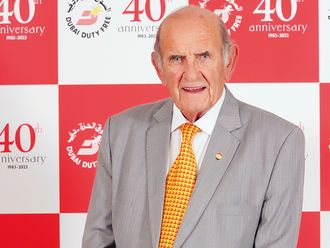Washington: After years of mediocre growth in the wake of the Great Recession the US economy has finally found some vigour, expanding at an annualised rate of 3.5 per cent in the third quarter of 2014.
The figure came in well ahead of analyst expectations for 3 per cent growth and comes on top of a 4.6 per cent pace of growth in the second quarter.
The report shows the pick up in the US economy as the drag from government spending cuts fades out, unemployment falls, and business becomes more willing to invest.
It supports the US Federal Reserve’s decision to strike an upbeat tone on the economy when ending its third round of quantitative easing on Wednesday.
“If growth continues at this pace — we think it will — the first Fed tightening could easily come in the spring, especially if wage gains start to pick up,” said Ian Shepherdson at Pantheon Macroeconomics.
The detail of the report was less encouraging, however, with much of the growth coming from areas that are either temporary or vulnerable to later revision. Final sales to domestic purchasers, a measure of underlying growth in demand, rose by just 2.7 per cent.
The main sources of growth were consumption, which chipped in 1.2 percentage points; business investment, which added 0.7 percentage points; net exports, adding a surprisingly large 1.3 percentage points; and federal defence spending, contributing 0.7 percentage points. They were offset by a 0.6 percentage point subtraction from falling inventories.
The contribution from net trade is unlikely to continue given the weakness elsewhere in the world economy. Federal defence spending is also volatile and prone to revisions.
“The growth in household consumption was disappointing, and business investment grew only moderately,” said Gad Levanon at the Conference Board.
“Moving forward, we expect the US economy to grow at about a 2.5 per cent rate on average in the coming quarters,” he said. “If moderate economic growth and therefore the current pace of job creation are sustained, we could even see some pickup next year in wage growth, and a first Fed hike by mid-2015.”
The housing sector remains a weak spot in the recovery, and while employment growth is helping to boost consumption, there are still few signs of wage gains that could fuel it further.
“With some indications of weakness emerging in housing and consumption spending activity, and the global backdrop becoming unsupportive to the US recovery, we expect the pace of growth to slip further in Q4,” said Millan Mulraine at TD Securities in New York. He forecast the economy would eke out modest growth of 2-2.5 per cent.
— Financial Times












